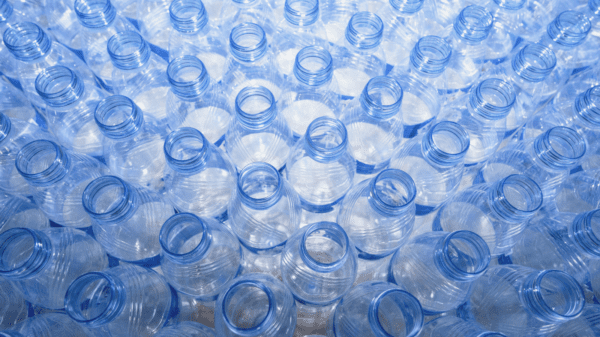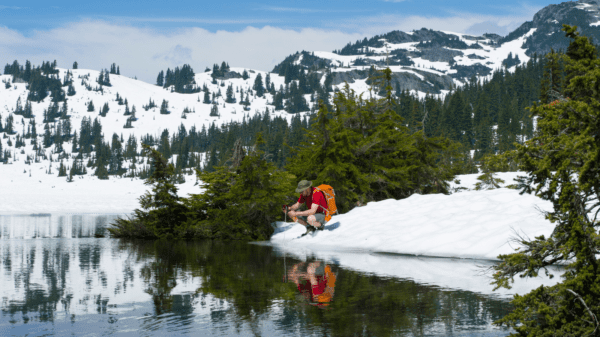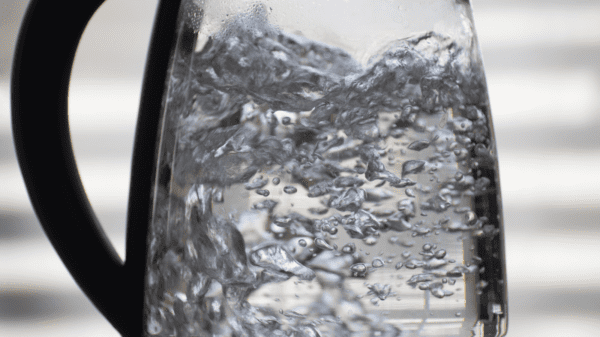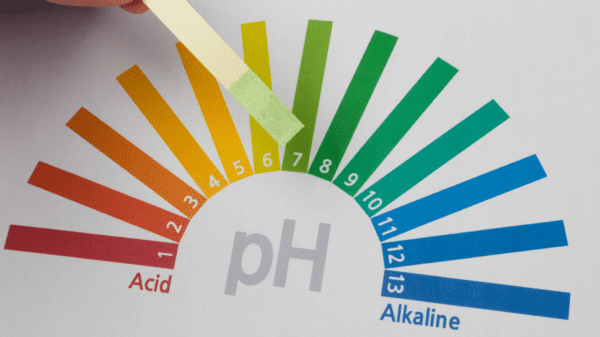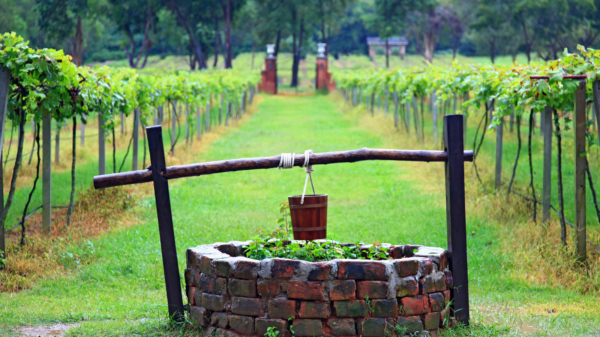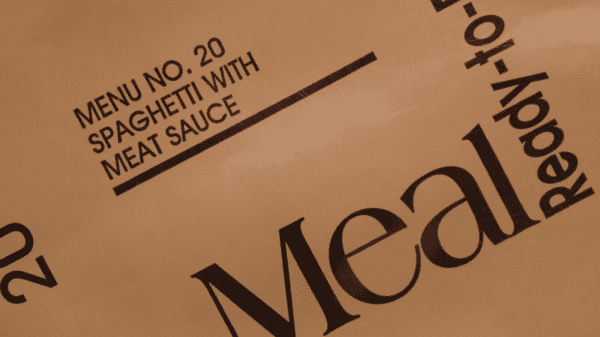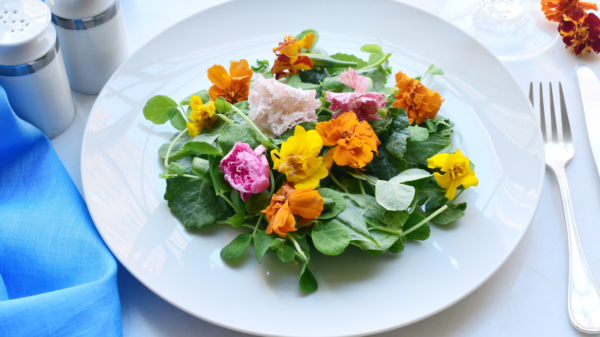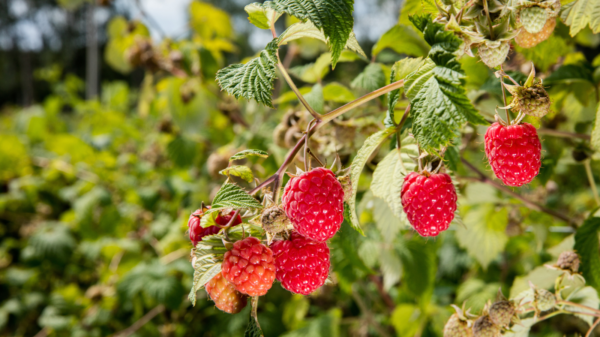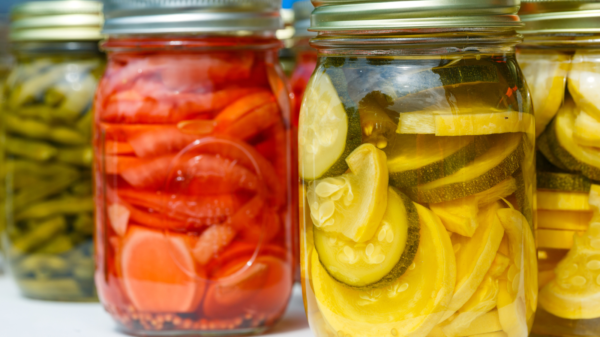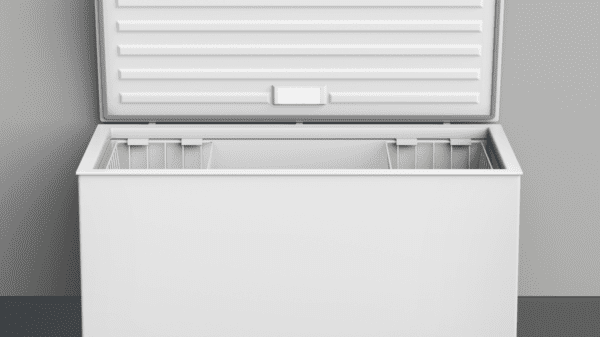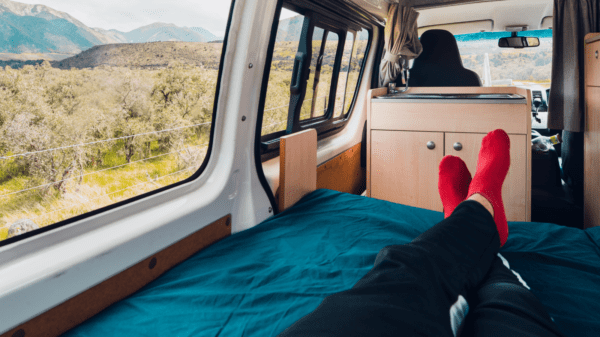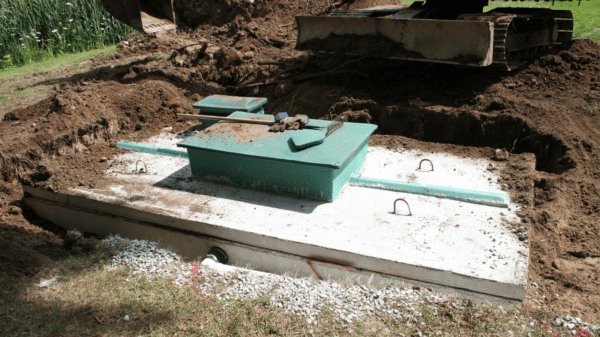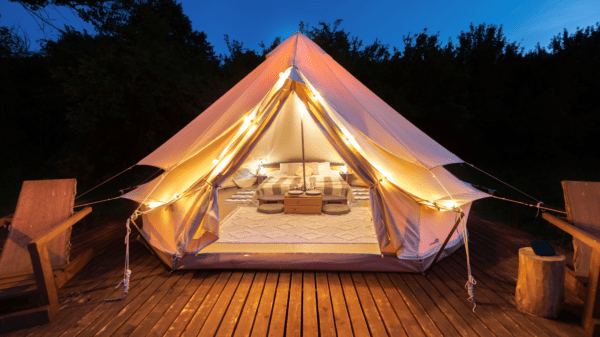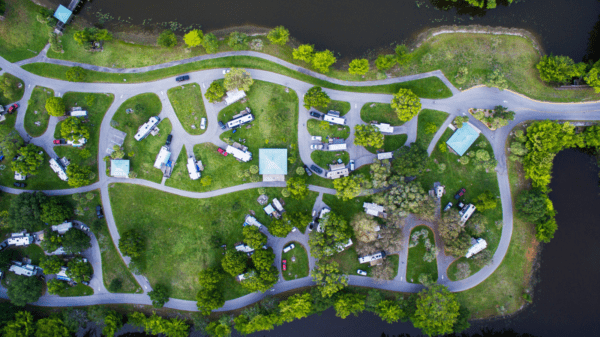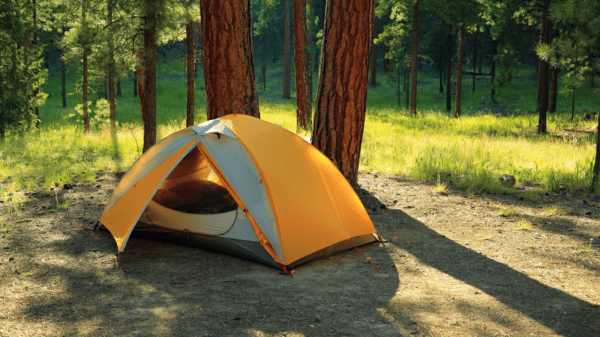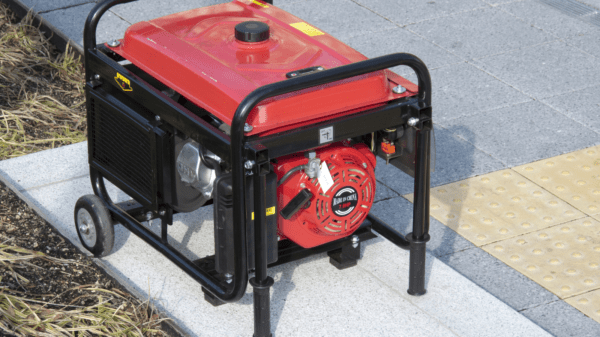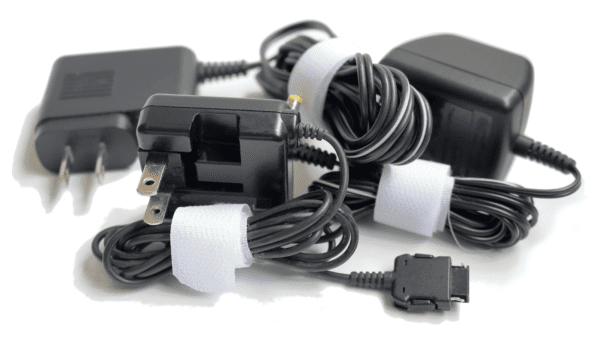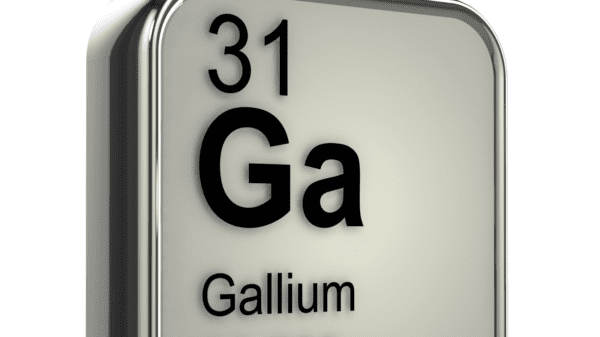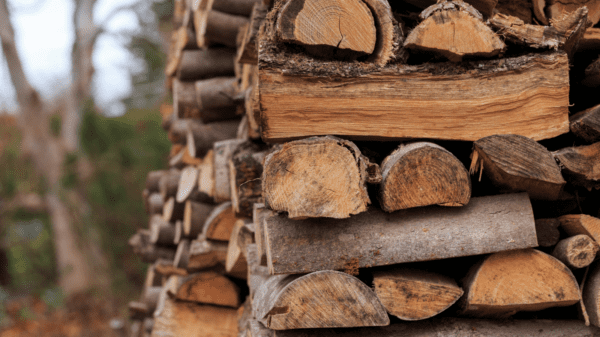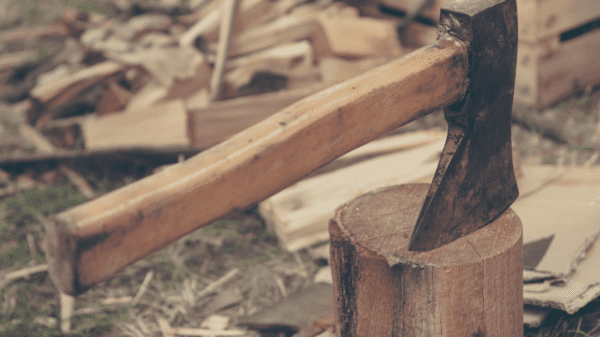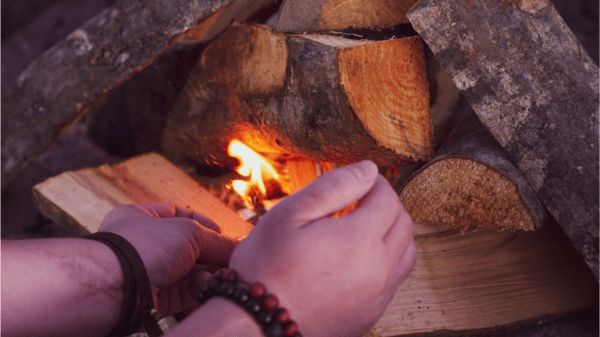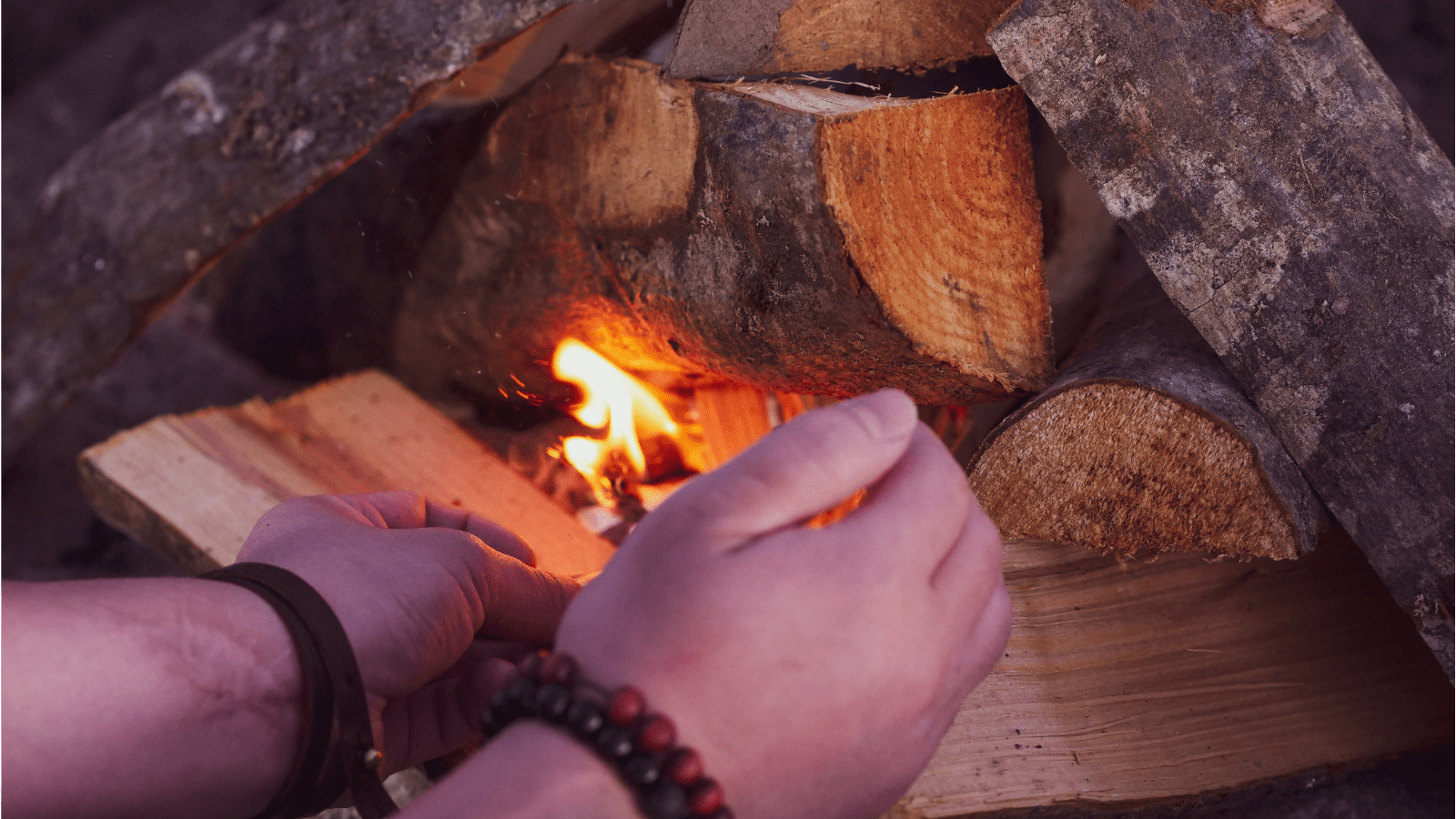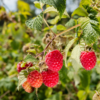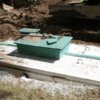Starting a campfire can be challenging, especially if you are new to it. Here are 6 steps to help you get started.
Table of Contents
How to choose and prepare kindling
Choosing the right kindling is an important part of building a campfire. Here are some tips to help you choose kindling:
- Size: Kindling should be small enough to catch fire easily, but large enough to sustain the flames. Look for sticks and branches that are about the thickness of a pencil, and break them into pieces that are 1-2 feet long.
- Dryness: Dry kindling will catch fire more easily than wet or damp kindling. Look for dry sticks and branches on the ground, or break off dead branches from trees. Avoid using green wood, which is still full of moisture.
- Hardness: Softwoods such as pine and spruce make good kindling because they contain resin that helps them burn hot and fast. Hardwoods such as oak and maple can also be used, but they may be harder to ignite and burn more slowly.
- Quantity: It’s a good idea to gather more kindling than you think you’ll need. You’ll need enough to build a teepee shape around your tinder, with enough gaps to allow air to flow through and help the fire catch.
- Preparation: Break your kindling into pieces that are roughly the same size, and remove any bark or other debris that could interfere with ignition. Arrange the kindling in a teepee shape around your tinder, leaving a small opening on one side for lighting the fire.
How to choose and prepare fire logs
Choosing the right logs for your fire can make a big difference in how well your fire burns and how long it lasts. Here are some tips to help you choose logs for your fire:
- Hardwood vs. Softwood: Hardwoods such as oak, maple, and hickory burn more slowly and produce more heat than softwoods such as pine, spruce, and cedar, which burn faster and hotter. Choose the type of wood based on the amount of heat you need and how long you want your fire to last.
- Dryness: Dry logs burn more easily and cleanly than wet or green logs, which can produce more smoke and be harder to ignite. Look for logs that are dry to the touch and have been seasoned for at least six months to a year.
- Size: Choose logs that are the right size for your firepit or campfire. They should be long enough to fit comfortably in the pit, but not so large that they stick out or take up too much space.
- Thickness: Logs that are too thick may be harder to ignite and take longer to burn. Logs that are too thin may burn too quickly and not provide enough heat. Aim for logs that are 4-6 inches in diameter.
- Quality: Look for logs that are free of knots, cracks, and other defects that can interfere with combustion or cause the log to split or pop.
- Sustainability: Whenever possible, choose logs that come from sustainable sources and have been harvested responsibly. Avoid using logs that have been chemically treated or painted.
How to build the firepit
Building a firepit is a great way to safely contain your campfire and prevent it from spreading. Here’s how you can build a simple firepit:
- Choose a location: Choose a location for your firepit that is at least 15 feet away from anything that could catch fire, such as trees, bushes, or tents. Make sure the ground is level and clear of any dry leaves, twigs, or other flammable materials.
- Mark the perimeter: Mark the perimeter of your firepit using rocks or stones. Make a circle or square that is about 3-4 feet in diameter, depending on how large you want your fire to be.
- Dig a hole: Dig a shallow hole in the center of your marked perimeter. The hole should be about 1-2 feet deep and wide enough to accommodate your fire.
- Line the pit: Line the inside of the pit with stones or bricks. This will help contain the fire and prevent it from spreading.
- Add a layer of gravel: Add a layer of gravel to the bottom of the pit. This will help with drainage and prevent the fire from becoming too smoky.
- Add a layer of sand: Add a layer of sand on top of the gravel. This will provide a flat surface for your fire and help absorb heat.
Picking a fire starter
The best fire starter for you will depend on your specific needs and preferences. Here are some popular fire starters that many people find effective:
- Dryer lint: Dryer lint is an inexpensive and readily available fire starter that can be used to easily ignite your kindling. It’s lightweight, easy to store, and often readily available in households.
- Magnesium fire starter: A magnesium fire starter uses a magnesium rod and a striker to create sparks that can ignite your tinder. It’s a lightweight and waterproof option that’s perfect for camping and outdoor activities.
- Fire starter sticks: Fire starter sticks are made of compressed wax and sawdust and are designed to burn for several minutes, giving your kindling time to catch fire. They are easy to use and often come in compact, portable packages.
- Charcoal starter: A charcoal starter is a type of accelerant that is designed to help charcoal briquettes ignite quickly and evenly. It can be a good option for starting larger fires, such as in a barbecue grill.
- Pine cones: Pine cones are a natural fire starter that are often found in the outdoors. They are full of resin that makes them burn hot and fast, making them an effective option for starting fires.
- Cotton balls soaked in petroleum jelly: Cotton balls soaked in petroleum jelly are a popular homemade fire starter. They are easy to make and burn for several minutes, giving your kindling time to catch fire.
Constructing the campfire
There are several ways to construct a campfire, depending on your needs and preferences. Here are some options:
- Teepee fire: A teepee fire is a classic and easy-to-build fire that is ideal for cooking. Start by placing your tinder in the center of your fire pit. Then, arrange your kindling around the tinder in a teepee shape, leaning the sticks against each other in a cone shape. Light the tinder in several places, and blow gently to help it catch fire. As the fire grows, add larger pieces of wood to the outside of the teepee.
- Log cabin fire: A log cabin fire is a more stable and long-lasting fire that is ideal for warmth. Start by placing two larger pieces of wood parallel to each other on the ground. Then, stack two more pieces of wood perpendicular to the first two, creating a square. Add your tinder to the center of the square and add kindling on top of it. Continue adding layers of wood, alternating the direction of the logs until you have a log cabin structure. Light the tinder in several places and blow gently to help it catch fire.
- Star fire: A star fire is a fire that radiates outward in several directions, making it ideal for group settings. Start by placing your tinder in the center of your fire pit. Then, arrange your kindling in a star shape around the tinder, with the sticks pointing outward. Light the tinder in several places, and blow gently to help it catch fire. As the fire grows, add larger pieces of wood to the outside of the star.
Follow Fire Safety
- Keep a bucket of water nearby: Keep a bucket of water, a shovel, or a fire extinguisher nearby in case the fire gets out of control.
- Supervise the fire: Always keep an eye on the fire and never leave it unattended. Don’t allow children or pets to play near the fire.
- Extinguish the fire: When you’re ready to leave, use water or dirt to extinguish the fire completely. Make sure the fire is cold to the touch before leaving the area.
Campfire Resources
Chopping wood and choosing an axe are important components of campfire success. See our resources for getting it right!
- Chopping Wood: https://www.thoughtfulprepper.com/a-beginners-guide-to-chopping-wood/
- Picking the Right Axe: https://www.thoughtfulprepper.com/how-to-pick-the-right-axe/
Here is a list of additional resources that can help you build and maintain a safe and efficient campfire while camping or enjoying the outdoors:
- Leave No Trace Center for Outdoor Ethics – Campfires: https://lnt.org/why/7-principles/5/
- U.S. Forest Service – Campfire Safety: https://www.fs.usda.gov/visit/know-before-you-go/campfires
- REI Expert Advice – How to Build a Campfire: https://www.rei.com/learn/expert-advice/campfire-basics.html
- Smokey Bear – Campfire Safety: https://smokeybear.com/en/prevention-how-tos/campfire-safety
- Boys’ Life Magazine – How to Build a Perfect Campfire: https://boyslife.org/outdoors/outdoorarticles/6801/how-to-build-a-campfire/
- The Art of Manliness – How to Build a Roaring Campfire: https://www.artofmanliness.com/articles/how-to-build-a-roaring-campfire/
- Backpacker Magazine – How to Build the Perfect Campfire: https://www.backpacker.com/skills/how-to-build-the-perfect-campfire
- National Park Service – Campfire Safety: https://www.nps.gov/articles/campfiresafety.htm
- Love the Outdoors – Campfire Building and Safety: http://www.lovetheoutdoors.com/camping/tips/campfire_safety_and_building.htm
- Outdoor Life – 10 Campfire Building Techniques: https://www.outdoorlife.com/survival/campfire-techniques
These resources provide guidance on building, maintaining, and extinguishing campfires safely and responsibly. They cover topics such as selecting a suitable location, gathering materials, various fire-building techniques, and ensuring the fire is completely out before leaving the site.
Share your top campfire tips and stories in the comments!

